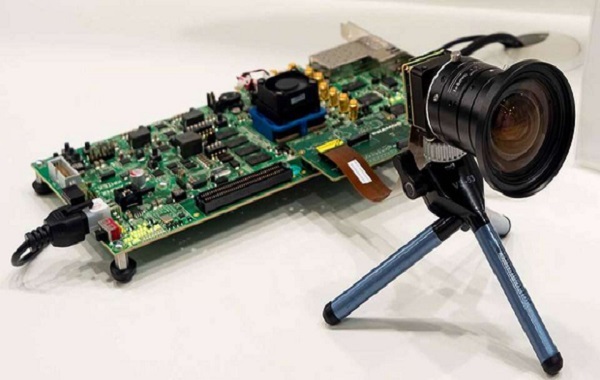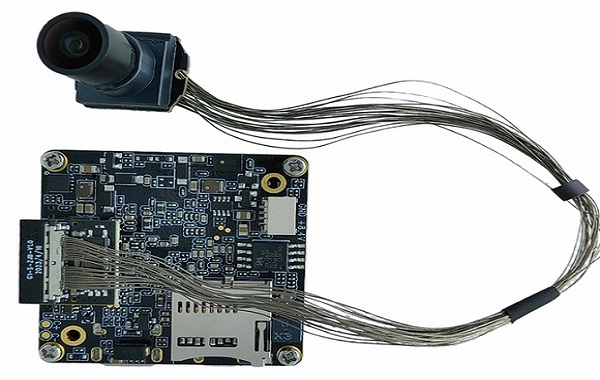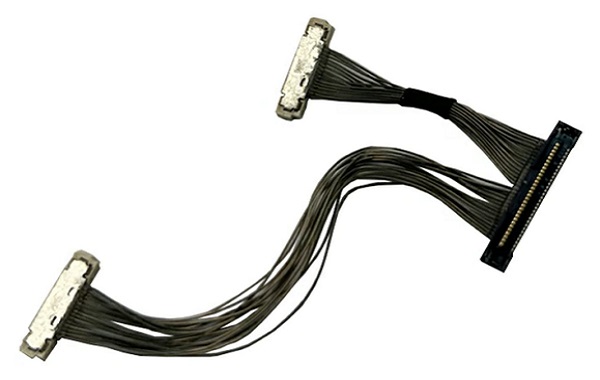Categorization:Harness Component

SLVS-EC is an embedded clock differential signal standard developed by Sony for high-speed image transmission, characterized by low power consumption and high bandwidth. Its maximum transmission rate can reach several Gbps, and it has extremely high efficiency in the data link between image sensors and main control chips. However, under this high-speed condition, any slight signal interference, impedance mismatch, or crosstalk may cause bit inversion, jitter, or synchronization loss, leading to noise or frame errors in the image signal. Therefore, in order to maintain the high transmission quality of the SLVS-EC interface, impedance control of the signal path, shielding design, and selection of the transmission medium are particularly critical.

The role of ultra-fine coaxial cable束 in signal integrity
Compared with traditional FPC ribbon cables, micro coaxial cable has a natural advantage in high-speed signal transmission.
The internal structure consists of a central conductor, an insulating layer, a shielding layer, and an outer sheath, and possesses excellent anti-interference performance and stable characteristic impedance control ability.
Strong anti-interference performanceHigh-speed signal with high fidelity
A stable impedance matching structure ensures that extremely thin coaxial cables can still maintain good eye diagram opening and minimal signal distortion at data transmission rates of several Gbps.3. Advantages of high-density wiring
Small diameter, high flexibility, capable of achieving multi-channel high-speed transmission within a limited space, it is very suitable for high-speed connection between sensor modules and main control boards.
In order to fully utilize the performance of the ultra-fine coaxial cable bundle, the following key points should be noted when designing the SLVS-EC transmission path:
Length equal match2. Reasonable bending radius
Although the extremely thin coaxial cable has excellent flexibility, excessive bending can cause impedance突变, and sufficient bending radius should be maintained to prevent signal reflection.3. Shielding ground treatment
A reasonable shielding and grounding design can effectively reduce crosstalk and common-mode interference, and improve the electromagnetic compatibility of the overall system.4. Group wiring principles
The differential pairs should be kept closely spaced, with a safe distance from other signal lines, to avoid coupling interference between different groups.Through the above optimization measures, the SLVS-EC interface can still maintain stability under high-frequency and high-speed working conditions, ensuring accurate and lossless transmission of image data.

I am[Suzhou Huichengyuan Electronic Technology]Long-term focus on the design and customization of high-speed signal cable harnesses and ultra-fine coaxial cable harnesses, committed to providing stable and reliable high-speed interconnection solutions. If you have any related needs or want to learn more, please contact:Manager Zhang 18913228573 (WeChat same number)。